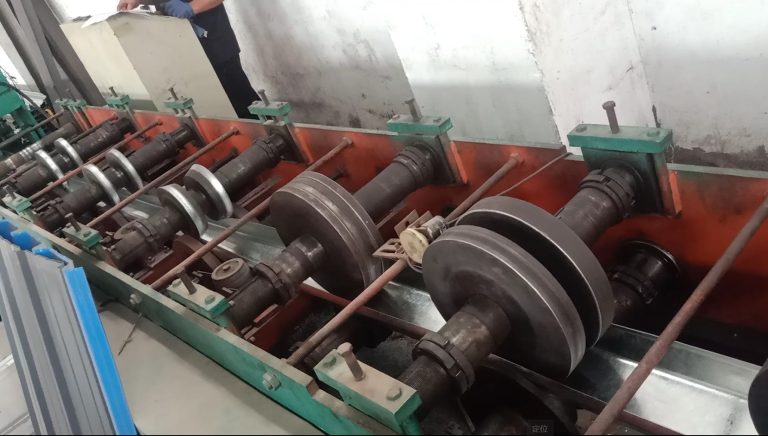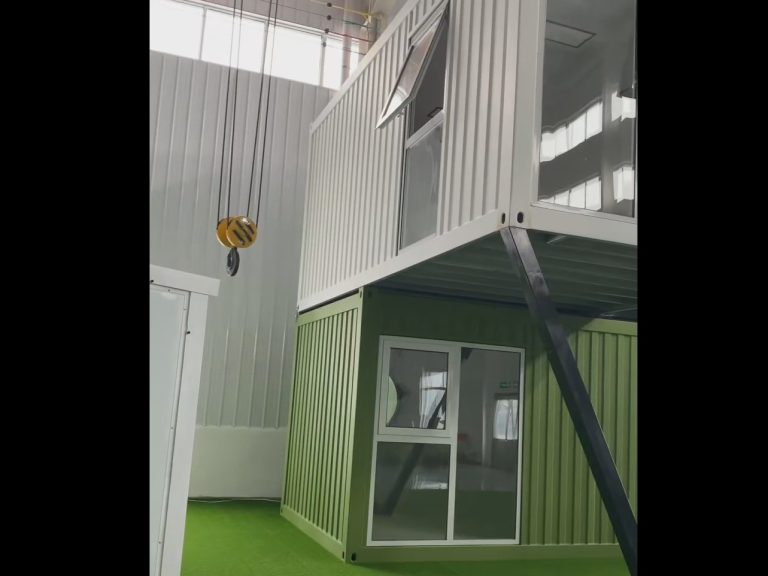Table of Contents
Innovative Solutions for Tunneling Through Challenging Terrain
Tunneling through challenging terrain has always been a complex and demanding task for engineers. Whether it’s rocky mountains, unstable soil, or bodies of water, obstacles can make the construction of tunnels a daunting endeavor. However, with advancements in technology and engineering, innovative solutions have been developed to overcome these challenges.

One such solution is the use of steel tunnels. Steel tunnels offer a number of advantages over traditional concrete tunnels, particularly when it comes to navigating difficult terrain. Steel is a strong and durable material that can withstand the forces of nature, making it an ideal choice for tunnel construction in challenging environments.


One of the key benefits of steel tunnels is their flexibility. Unlike concrete, which is rigid and inflexible, steel can be easily shaped and molded to fit the contours of the terrain. This flexibility allows engineers to navigate around obstacles such as rocks, trees, and bodies of water, making it easier to construct tunnels in difficult locations.

In addition to their flexibility, steel tunnels are also lightweight and easy to transport. This makes them ideal for remote or hard-to-reach locations where transporting heavy construction materials may be difficult or impractical. Steel tunnels can be prefabricated off-site and then transported to the construction site, reducing the time and cost of construction.
Another advantage of steel tunnels is their durability. Steel is a corrosion-resistant material that can withstand the elements, making it ideal for tunnel construction in harsh environments. Steel tunnels are less susceptible to damage from water, chemicals, and other environmental factors, ensuring that they will remain structurally sound for years to come.
123Innovative engineering techniques have also been developed to further enhance the construction of steel tunnels in challenging terrain. One such technique is the use of tunnel boring machines (TBMs) equipped with steel cutting heads. These machines can bore through rock, soil, and other obstacles with ease, reducing the time and cost of tunnel construction.

Another innovative solution is the use of steel-reinforced concrete lining for tunnels. This technique involves placing steel reinforcement bars within the concrete lining of the tunnel to increase its strength and durability. This allows engineers to construct tunnels in even the most challenging terrain, ensuring that they will stand the test of time.
Overall, steel tunnels offer a number of advantages for tunneling through challenging terrain. Their flexibility, durability, and ease of transport make them an ideal choice for construction in difficult locations. With the use of innovative engineering techniques, steel tunnels can be constructed efficiently and cost-effectively, ensuring that they will provide safe and reliable passage for years to come.
Overcoming Obstacles in Steel Tunnel Engineering: Case Studies and Best Practices
Steel tunnel engineering is a complex and challenging field that requires careful planning, precise execution, and innovative solutions to overcome obstacles. From geological challenges to environmental concerns, engineers face a myriad of obstacles when designing and constructing steel tunnels. In this article, we will explore some case studies and best practices for overcoming obstacles in steel tunnel engineering.


One common obstacle in steel tunnel engineering is dealing with difficult geological conditions. When constructing tunnels through rocky terrain or unstable soil, engineers must carefully analyze the geology of the area to determine the best construction methods. In some cases, engineers may need to use specialized drilling equipment or ground stabilization techniques to ensure the stability of the tunnel.
A prime example of overcoming geological obstacles in steel tunnel engineering is the Gotthard Base Tunnel in Switzerland. This tunnel, which is the longest and deepest railway tunnel in the world, had to be constructed through challenging geological conditions, including granite rock and water-bearing formations. Engineers used a combination of drilling and blasting techniques, as well as ground freezing methods, to safely construct the tunnel through the difficult terrain.

Another obstacle that engineers often face in steel tunnel engineering is dealing with environmental concerns. When constructing tunnels in environmentally sensitive areas, such as wetlands or wildlife habitats, engineers must take extra precautions to minimize the impact on the surrounding ecosystem. This may involve using environmentally friendly construction materials, implementing erosion control measures, or working with environmental agencies to ensure compliance with regulations.

One notable example of overcoming environmental obstacles in steel tunnel engineering is the East Side Access project in New York City. This project involves constructing a tunnel beneath the East River to connect the Long Island Rail Road to Grand Central Terminal. To minimize the impact on the surrounding environment, engineers used innovative construction techniques, such as building a tunnel boring machine that could operate underwater and installing noise and vibration monitoring systems to protect nearby wildlife.
In addition to geological and environmental challenges, engineers in steel tunnel engineering must also contend with logistical obstacles. From limited access to construction sites to tight construction schedules, there are a variety of logistical challenges that can impact the successful completion of a tunnel project. To overcome these obstacles, engineers must carefully plan and coordinate all aspects of the construction process.
One case study that highlights the importance of overcoming logistical obstacles in steel tunnel engineering is the Channel Tunnel project. This tunnel, which connects the United Kingdom to France beneath the English Channel, required extensive coordination between multiple construction teams, as well as careful scheduling to ensure that all work was completed on time and within budget. By implementing a detailed project management plan and utilizing advanced construction techniques, engineers were able to successfully overcome the logistical challenges of the project.

In conclusion, steel tunnel engineering presents a variety of obstacles that engineers must overcome to successfully design and construct tunnels. From geological challenges to environmental concerns to logistical obstacles, there are many factors that can impact the construction process. By using innovative solutions, careful planning, and effective coordination, engineers can overcome these obstacles and create safe and efficient tunnels that meet the needs of society.







